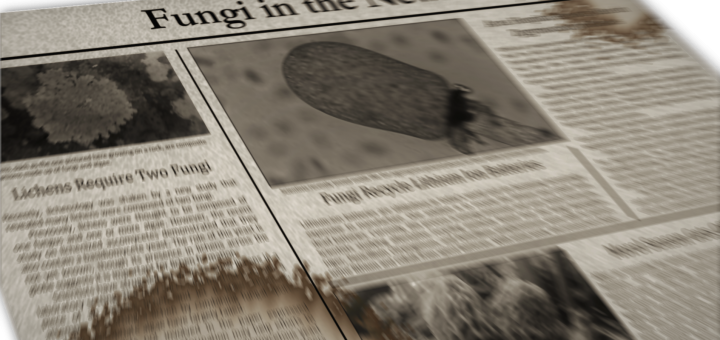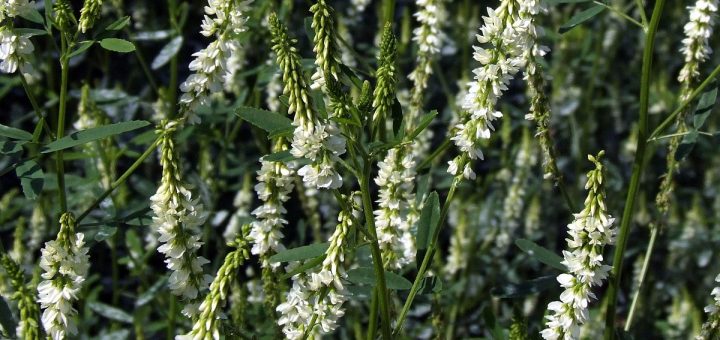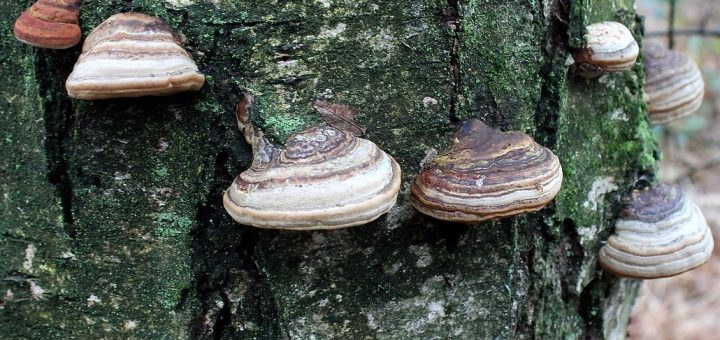Spring 2018 Fungal News Update
Fungi appear in the news with surprising frequency. However, many of those stories do not provide any new information. Below is a summary of news stories that have taught me something about fungi from mid-February through mid-May 2018. Read each summary to learn about: gut fungi, ambrosia beetles, gravity detection, prehistoric mushroom use, diseases of toes, ants, frogs, bats, and ohia trees, and more.










![#011: Characteristics of Kingdom Fungi [Archived]](https://www.fungusfactfriday.com/wp-content/themes/hueman/assets/front/img/thumb-small-empty.png)
